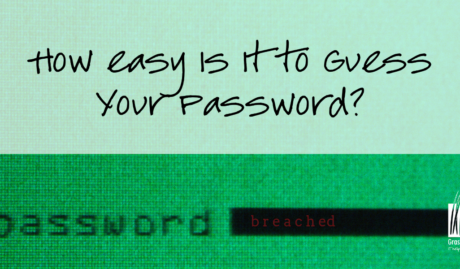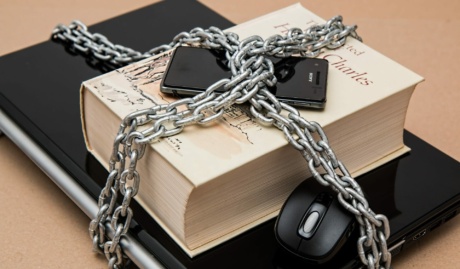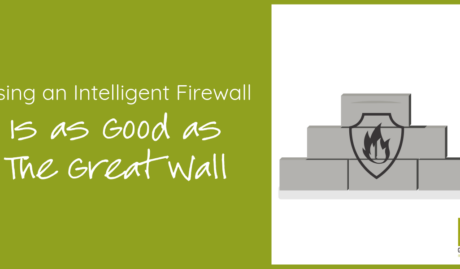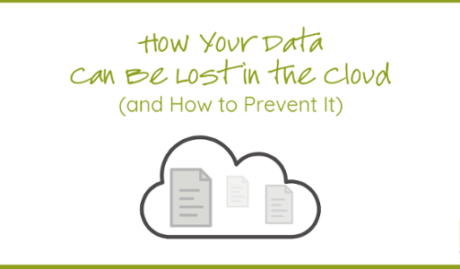CEO’s play a vital role in protecting their business from cybersecurity attack, however for many CEO’s, the world of cybersecurity leaves them feeling confused and vulnerable. This is perfectly understandable given the complex and rapidly changing nature of security threats facing all organisations. So how does a CEO properly secure their business? The good news is that there is no need to become a cybersecurity expert! Here are our top 5 cybersecurity tips for CEOs to help their organisation stay safe from online attacks.
#1. Get board level buy-in for cybersecurity
In the past, cybersecurity was a technical IT responsibility. However, cybersecurity has been developing more into a business driver rather than a technology issue for some time. That’s why it’s important to ensure board level buy-in and support.
The main ways that CEOs can gain buy-in from their board are:
- Quantifying the company’s cyber risk based on budgets
- Defining a clear return on investment (ROI)
#2. Have a cybersecurity plan in place
A cybersecurity plan is something every staff member, at every level, must be aware of. This means that if a breach occurs, everyone knows what to do.
A cybersecurity plan should include:
- Security policies, procedures, and controls required to protect the company
- An outline of the specific steps to take to respond to a breach
This plan can also be called a ‘Crisis Management Plan’, which you can learn more about in our blog ‘5 questions board members need to ask’.
#3. Don’t skimp on your cybersecurity budget
Cybersecurity is not a one-size-fits-all kind of investment. Many companies – especially SMEs, Non Profit organisations and start-ups – struggle to make the right security choices. Yet choosing cheaper options will end up costing more in the long term.
Cybersecurity is more than just having anti-virus software in place. The best cybersecurity measures are outlined in the Essential Eight Framework, as identified by the Australia Cyber Security Centre.
Essentially, your cybersecurity needs to cover:
- Prevention/protection from an attack – aimed at preventing malware delivery and the execution of malicious code
- Limiting the extent of an attack – aimed at limiting how far an intruder can get
- Data recovery & system availability – aimed at restoring your data and systems if an attack occurs
#4. Expect to be breached
The chance of experiencing a ransomware breach in today’s world is high, so it’s important to quickly identify when an attack has occurred. The sooner a breach has been identified, the better!
The main things for a CEO to understand are:
- How the company monitors ransomware attacks or breaches
- How staff report any suspicious activity
- How a breach is communicated to the rest of the company
#5. Create a culture of awareness
All company departments and employees should be involved in protecting the company’s valuable and sensitive data. Crafting a culture where all employees see themselves as having an active cybersecurity role is the key to addressing an inevitable ransomware attack. It’s important that this culture starts at the top with the CEO.
Three ways to help create this desired culture are:
- Create a cybersecurity plan that is well known, and referred to often
- Launch cybersecurity awareness & education initiatives for employees along with regular and ongoing training sessions
- Emphasise the importance of cybersecurity in all mass-communications with staff
Understanding ransomware and what to do when it occurs is the job of a CEO. By implementing the above 5 cybersecurity tips for CEOs, you will be well on your way to properly protect yourself from a ransomware attack, and ensure your company isn’t tomorrow’s news!






















